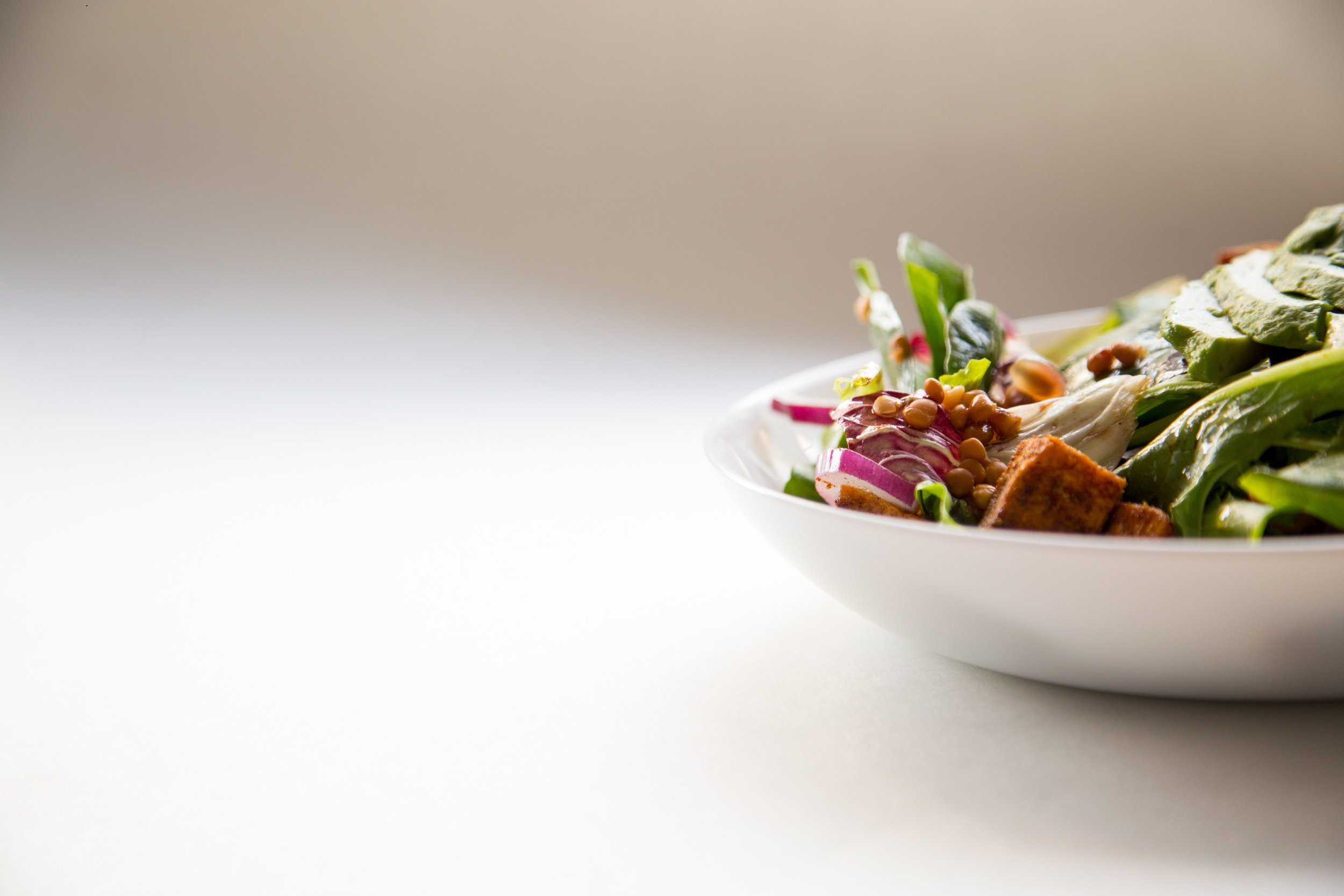Just about everyone that sits at a computer for extended periods of time experiences neck pain and unfortunately this can cause some serious complications down the road if not addressed. Luckily, there are some steps you can take to bring your posture back to its natural and upright position and reverse the symptoms you’re experiencing while at the office.
“Tech-Neck” is typically due to 3 things: poor posture and ergonomics while sitting at your desk, stress and how you carry it, and a need to balance and strengthen the muscles that get stressed from long hours at a computer with poor posture.
*NOTE: The below stretches/movements can help reduce or alleviate symptoms but it’s important to address the root of the issue. Deeper strengthening and focused work to correct imbalances is needed to make a difference in your lasting overall health.
WHAT CAUSES NECK PAIN?
It’s important to know that neck pain doesn’t necessarily mean that the neck itself is the root cause of the pain. Since our entire body is woven together by connective tissue (fascia), tension anywhere in the body can be due to a build up of tension or pulling anywhere else down a fascial line.
The line of fascia most commonly affected by sitting at your desk is known as the superficial back line which runs from the forehead, up and over the crown of the head, down the length of the spine and back of the legs, over the heels and along the soles of your feet. This line is responsible for holding you in an upright position and extending the body.
The stretches, movements, and habits below can all be done while sitting at your desk to help ease tension and improve the mobility and stability of your neck, shoulders, and upper back.
POSTURE/ERGONOMICS:
Poor positioning while staring at a screen for hours at a time can lead to added stress on the superficial back line and result in a semi-permanent (or permanent if no changes are made) body positioning consisting of a forward head carry and rounded shoulders. This posture causes the extensors of the neck (back of the neck) to be locked in an overstretched or “long” position while carrying the weight of your head, the flexors of the neck (the front of the neck) to be locked “short” and weak, the chest to be locked short and tight and the mid and upper back to be locked long and weak. Depending on the degree of forward head carry, this can add up to an additional 50-60 lbs of added stress to the neck.
PROPER DESK POSTURE:
I know you’ve seen a million articles on proper posture, but here is my advice. Sit either at the edge of your chair on your SITS bones with a tall spine, feet flat on the floor, and chin parallel to the floor (computer should be eye level from this position) or sit all the way at the back of your chair with your lumbar spine supported, feet flat on the floor and chin parallel to the floor. From both positions, roll your shoulders back and keeping your elbows by your side, pronate your hands and turn your palms down.
COMPUTER POSITION/WORK SURFACE:
Elevate your computer (and cellphone!) to alleviate tension and weight onto the neck and spine. Adjust your chair, desk, or standing desk into a proper position for your height – computer at eye level and elbows bent to 90 degrees for a position you can easily type on your keyboard.
SITTING DURATION:
Take frequent breaks and try to avoid sitting for longer than an hour at a time. Set a timer to get up, walk around, grab some water (so important to keep your connective tissue hydrated!), and realign your posture.
SEATED DESK STRETCHES:
STRETCH/LENGTHEN:
Subocciptal Stretch: Place thumb crease in chin crease and draw chin toward chest. Gently assist with hand behind head. Hold for 5-8 breaths.
Levator Scap Stretch: Rotate head to right and drop chin down toward armpit. Gently assist with right hand. Hold for 5-8 breaths.
Neck Circles: Irradiate tension and isolate from your neck only. Draw chin down, rotate head to side, draw ear toward shoulder, circle the neck smoothly all the way around until ear reaches opposite shoulder, drop chin down and rotate back to neutral. Reverse direction. Perform 3 circles in each direction.
Passive T-Spine Rotation: Sit upright in chair, twist to the right placing left hand outside right thigh and grab edge of chair with right hand to gently assist stretch. Hold for 5 breaths.
Upper Trap Stretch: Place left arm behind back and draw right ear toward right shoulder. Gently assist with right hand and hold for 5-8 deep breaths.
Chest and Shoulder Stretch: Interlace hands behind low back. Draw shoulders back and lift the chest. Hold for 5-8 breaths.
Eagle Arms: Cross right elbow underneath left elbow and then cross forearms and place palms together. Squeeze forearms together and draw shoulders away from ears as you lift elbows up toward ceiling. Push forearms forward and gently draw chin down slightly. Hold for 5 breaths and repeat on other side.
Thoracic Extension: Hold arms of chair and place base of shoulder blades on back edge. Begin to lean backwards and place hands behind head to support neck and continue extension. Hold for 3-5 breaths.
ACTIVATION:
Active Thoracic Spine Flexion and Extension: Round back and bring hands together in front of chest. Open arms as you lift chest and squeeze shoulder blades together. Repeat x 8.
Active Thoracic Spine Rotation and Reach: Sit up tall with arms straight and palms touching. Draw right arm back, engaging upper back and return to start. Alternate sides. Choose to look back or keep eyes forward. Repeat x 5
STRENGTHEN:
Strength training is incredibly important for maintaining spinal health. Focus on strengthening the muscles that support your neck and spine such as the rhomboids, mid/lower trapezius, and core (abdominals, spinal erectors, lats, psoas, and glutes).
Would it be helpful to see some exercise video examples of recommended movements? Let me know.
**PLEASE READ:
If you or someone you know is in need of greater help correcting posture and alleviating symptoms, consider seeing a physical therapist or pursuing a personal trainer (me, or someone like me) to focus on the root of the problem rather than only alleviating symptoms. Treatment involves education on how to reduce stress and strain while focusing on exercises to balance the appropriate musculature to create faster rehabilitation.
If your pain persists or you’re experiencing severe or sharp-shooting pain, especially if it’s associated with numbness or tingling in the arm, there may be an underlying issue and you should see your doctor or therapist.

















